The sun’s rays play a vital role in sustaining life on Earth by providing essential warmth and light. However, excessive exposure can have detrimental effects on our skin. Finding a balance allows us to enjoy the sun’s benefits while minimizing...
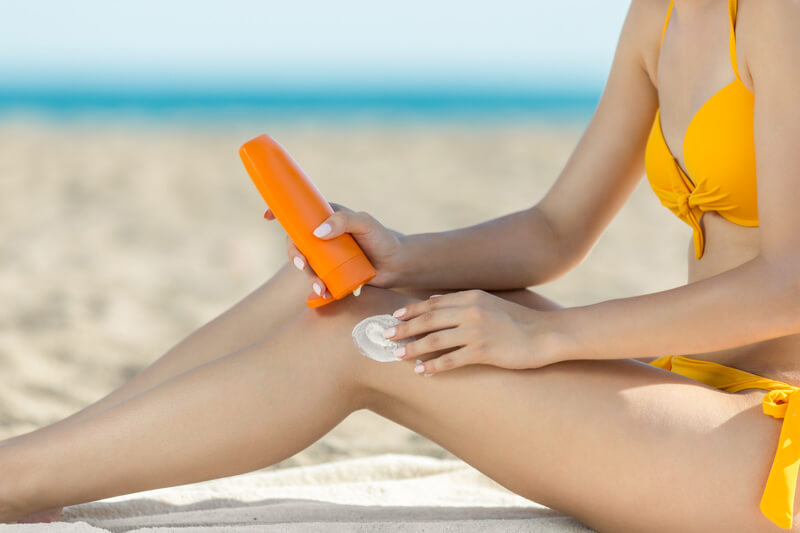

The sun’s rays play a vital role in sustaining life on Earth by providing essential warmth and light. However, excessive exposure can have detrimental effects on our skin. Finding a balance allows us to enjoy the sun’s benefits while minimizing...
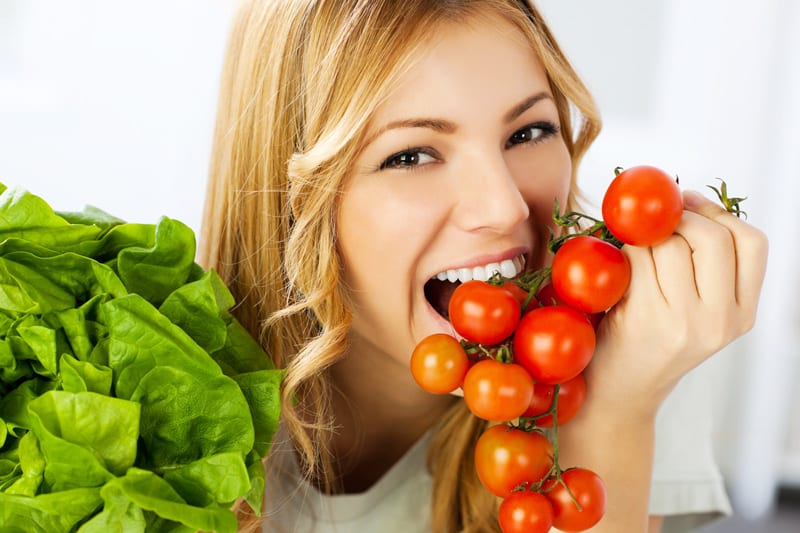
What we eat affects our skin’s appearance as much as the products we use regularly. Therefore, it’s important to make sure that you eat healthy foods that contain the following vitamins for healthy skin.

While you are likely familiar with all of the ways to eat this versatile veggie, did you know pumpkin also greatly benefits the skin?
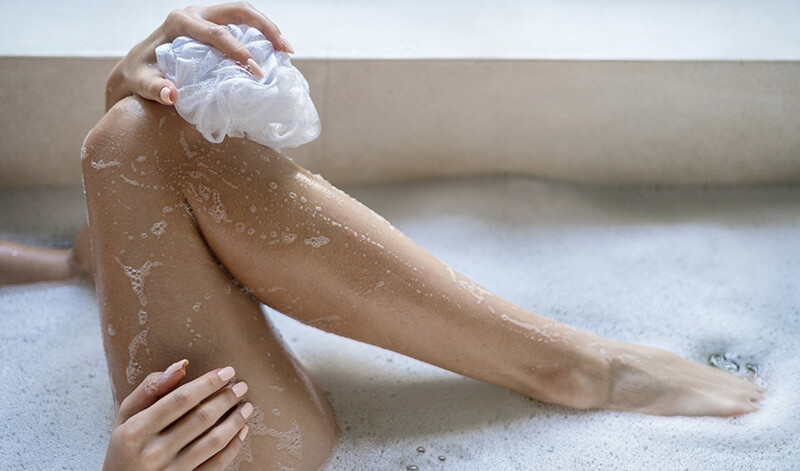
We all know the drill. Once the winter chill sneaks in, it’s easy to lack moisture and mobility in our lives. Our skin gets drier and our muscles get tighter. This means our legs need extra attention and care during...
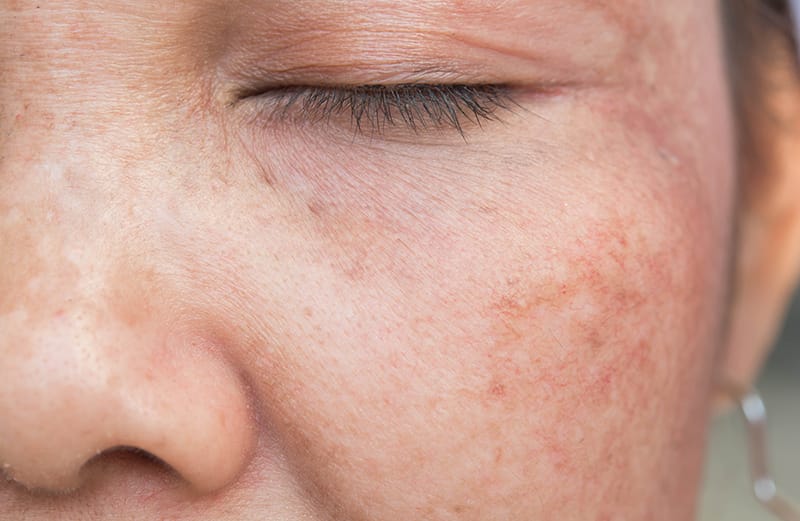
Prevent and treat dark spots on your skin with proper skincare and some helpful tips. Don’t be embarrassed by hyperpigmentation. Figure out the cause and treat the issue. The reality is that hyperpigmentation occurs in more people than you may...
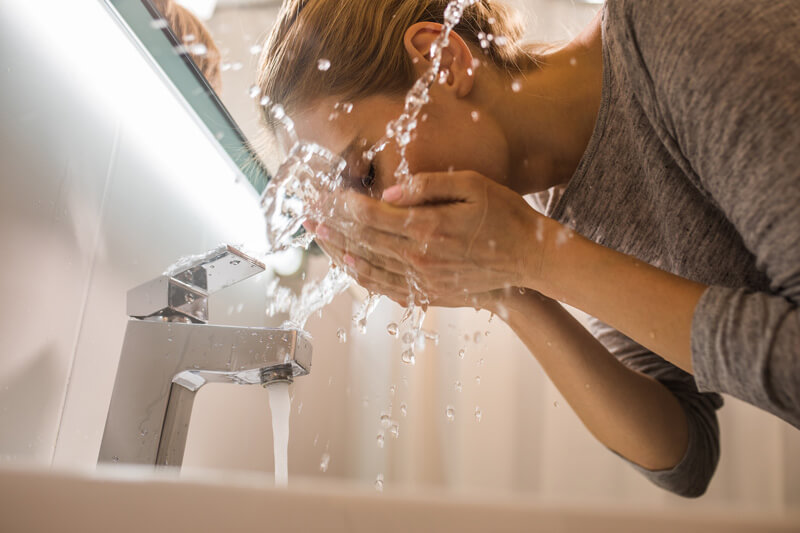
Has the weather made your skin dry? Are you fighting the signs of aging? Do you want healthy looking skin? Hydrate your face and reap the rewards.